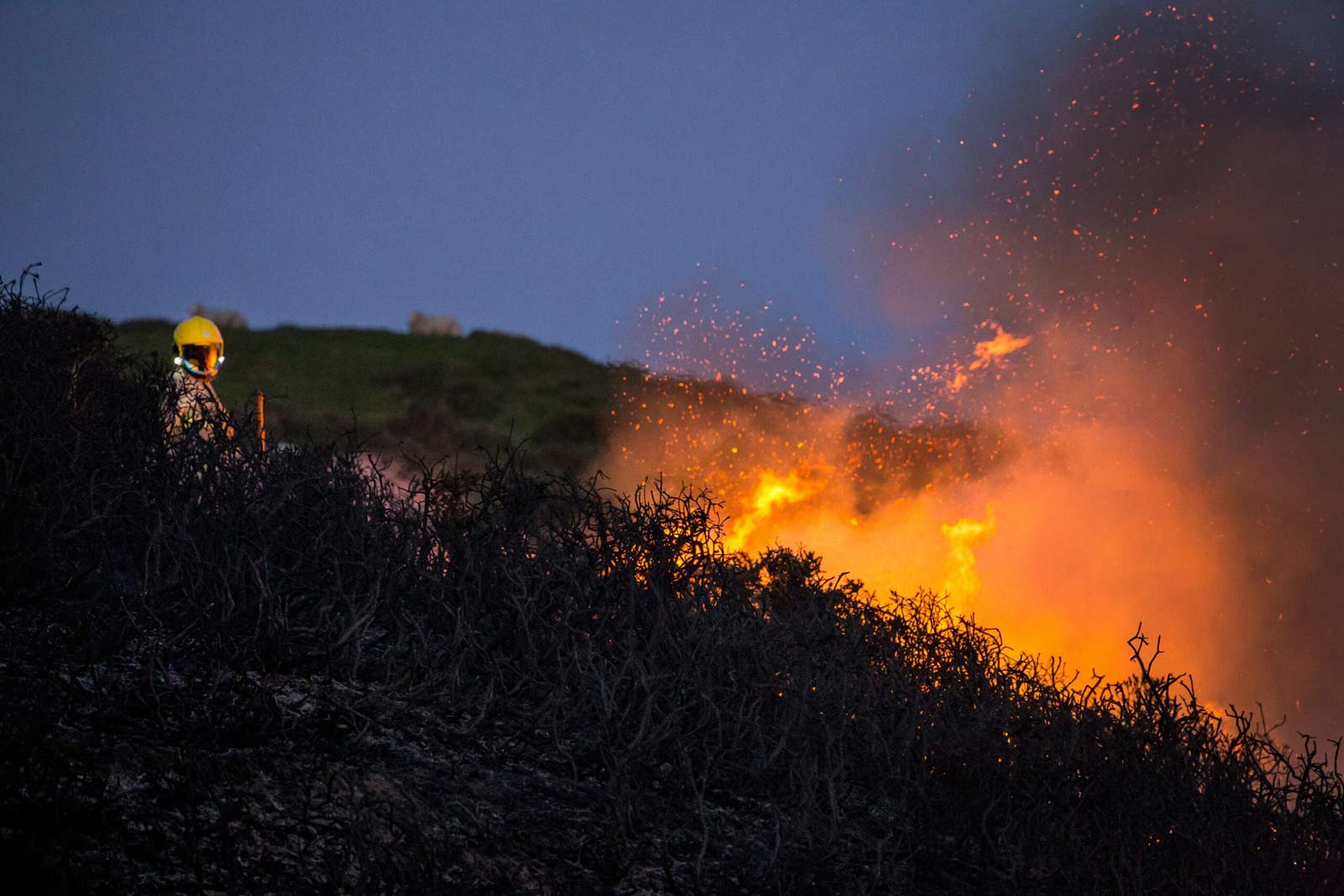-
Url copied to clipboard.
Australia is no stranger to bushfires, but November saw the worst series of bushfire events occur across multiple states, with many still burning. The impact of those directly affected individuals, communities and the environment has been enormous – with loss of life, hundreds of homes, livestock and livelihoods. Yet, the depth and breadth of these fires extends far greater, with the impact being felt by many people and businesses located far from the fires.
How has the bushfire haze threatened businesses and why do we need to consider business continuity?
Several fires have impacted the farming communities with significant loss of animal stock and crops, as well as feed stocks, resulting in decreased supply, increased prices and loss of jobs locally and further along the supply chain.
While not all areas were primarily impacted by fire, the recent declaration of catastrophic conditions saw the closure of more than 600 schools in New South Wales and Queensland, and 100 in South Australia. This led to reduced staff across other local businesses as parents managed childcare arrangements, with others activated across several community and volunteer service agencies – leading to a real threat in an organisation’s business continuity.
Air quality at hazardous levels
Images of the resulting smoke haze has been streamed across the globe. Our highly regarded clean, fresh air now rank 12 times above hazardous levels. For Sydney, it’s the worst air quality index (AQI) ever experienced. This has had obvious health impacts such as increased breathing-related problems with health authorities urging people to stay indoors and restrict outdoor activities – including outdoor occupations. Some businesses have seen a significant increase in sick leave, have been forced to reduce opening hours or been unable to continue outdoor operations.
In addition, the impact of the fires and the smoke haze does nothing to welcome tourists to our major cities and parklands over the coming, commercially profitable, Christmas/New Year break, with many hotels and event organisers reporting record reductions in bookings.
While we may not know the true impact of these fires on our environment, communities and businesses for many months, what we do know is that the ‘heart’ of the Bushfire season hasn’t even started, with January and February set to be hot and dry.
Business will continue to be impacted, some industries more than others. So, take time now to identify and define a clear business continuity plan in preparation for what is predicted to be a tough summer ahead.




